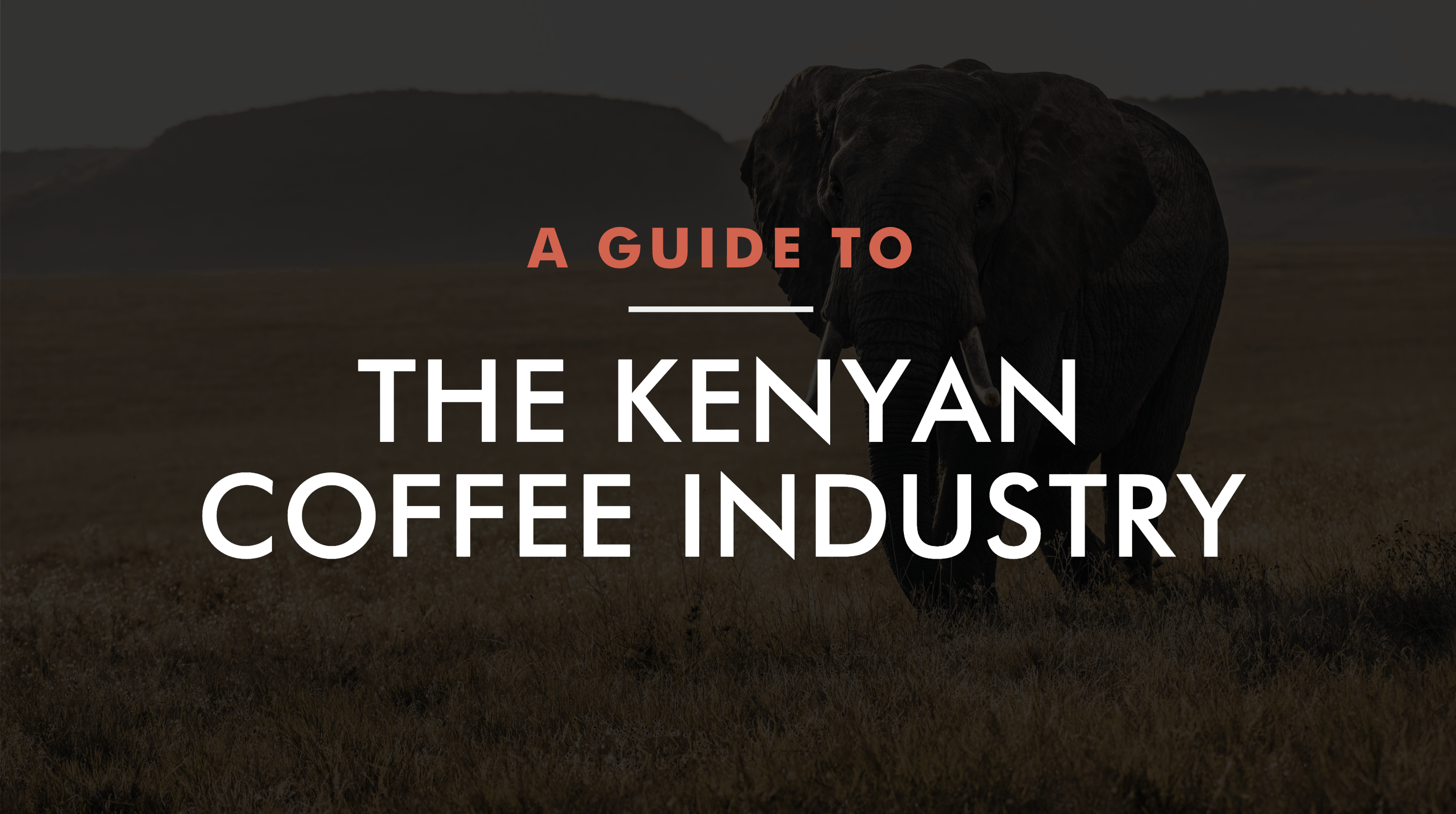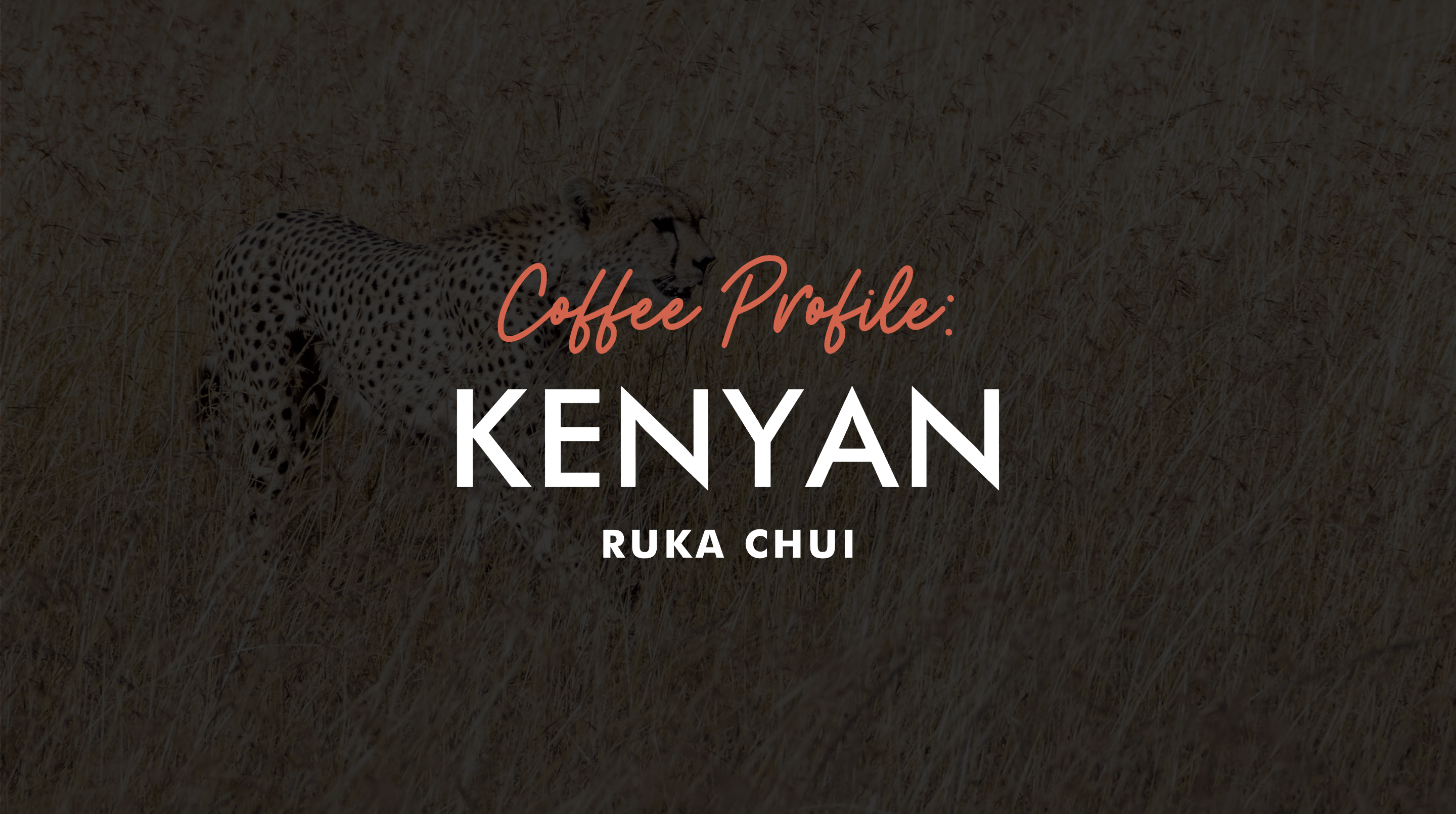Read Time: 2.5 – 4 minutes
‘Robusta‘ and ‘Arabica‘ are terms used to describe the species of a coffee bean/cherry.
It goes without saying that coffee is complex. You can get a variation in flavours and tones based on the altitude, location, and soil quality of which the coffee is grown. Another variation is the species. There are 100’s of different species of coffee however Robusta and Arabica are two of the most commonly sold around the world. And between the two, Arabica is by far more common in Australia and New Zealand.
What’s the difference?
© 2010 Jee & Rani Nature Photography
Robusta (Coffea Canephora)
It says it in the name – this coffee’s main difference to Arabica is that it is robust. It’s strong and durable in both how it tastes and grows. Its toughness allows a greater crop yield due to its low risk of pests and coffee diseases. It also means that farmers don’t need to care for it as much with fewer herbicides and pesticides being involved in the growing process.
The low maintenance of Robusta makes it cheap to grow and therefore can be sold for a much cheaper price to consumers. Most of the time you can find Robusta beans being used in instant coffee sold at the supermarkets for this reason.
Though Brazil is still the leader in coffee production worldwide, Vietnam is the biggest exporter of Robusta! Still, this species only makes up less than 40% of the coffee in the world, with Arabica taking the remaining 60%.
In terms of how it tastes, the Robusta beans are bold, full-bodied earthy flavour with low acidity but the main characteristic is that it’s very high in bitterness. This is because it contains nearly double the amount of caffeine than the Arabica species and nearly less than half the amount of sugar. Most people who enjoy Robusta beans are probably more used to the traditional style of harsh, Italian coffee with powerful and punchy flavours.

Forest & Kim Starr
Arabica (Coffea Arabica)
Most likely – if you’re in Australia or New Zealand at least – the drink you pick up from a specialty coffee shop will be of the Arabica species. It is widely believed that it was the first farmed coffee species and is linked to the discovery of coffee in Yemen in the 12th century by the Goat herder, Kaldi.
It can be grown at a range of altitudes from sea level to 2800masl and can withstand both warm and cool temperatures. After 2 – 4 years from when it was planted, Arabica trees and shrubs will have small flowers with scents of Jasmine appear. This highly fragrant touch translates to the flavours in Arabica beans which often have floral notes present.
These flowers sometimes can appear too much on the tree and damages future crops, so care and handling from the farmers is required. Another reason for the maintenance is that the cherries that hold the coffee bean in the Arabica species ripen at different times. This requires more labour as each cherry needs to be analysed and hand-picked to see whether it is ready. Other methods include shaking the tree and collecting the cherries and then sorting. This means on any, one coffee tree, you could get as little as 0.5g or as much as 5.0kg of coffee that can be sold. On top of that, a crop might be ruined by a lack of care in the soil or climate as they are more accessible to damage in too cold of a climate or where the soil has not been maintained well enough. Not even taking into account the better taste that Arabica coffee has, the requirements it needs to meet to grow it, alone is one of the main reasons for the higher cost than Robusta coffee.
A coffee made from an Arabica species generally will be smoother and softer in taste with tones of sugar making it easy to drink. They often present more flavours of berry and overall are sweeter.

Eduardo Gorghetto
Most people in the coffee industry believe that Arabica is the superior coffee species as it is smoother with more acidity, it allows for a fuller flavour that you can actually taste because the taste isn’t overwhelmed by the bitterness. This idea of exploring flavours and notes is the direction that the industry is going towards and what is being used to consider the definition of what high-quality is. Though, at the end of the day, ‘superiority’ is only based upon individual assessment, so if you really do enjoy a bitter, traditional type coffee, and that’s what your definition of high-quality is, then go you!
Coffee is coffee and there’s a brew out there for everyone to enjoy.




